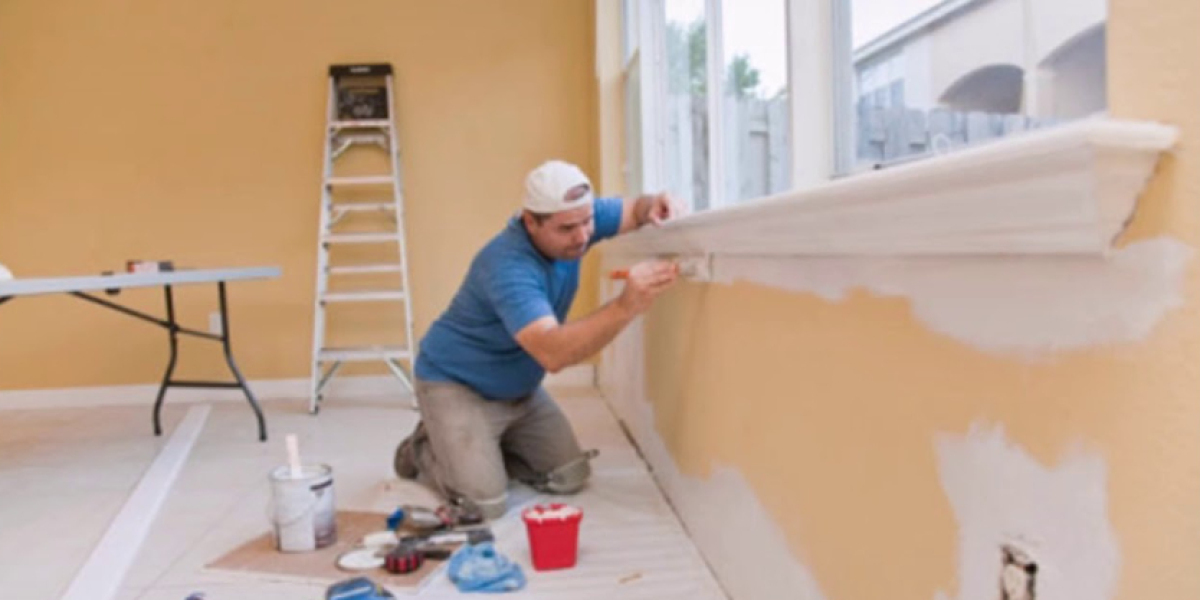A quality paint job not only enhances the beauty of your home but also protects it from the elements. However, many homeowners underestimate how much seasonal changes can impact the durability and appearance of exterior and even interior paint. Whether you’re planning a fresh coat or looking to maintain your home’s current finish, understanding these seasonal effects can save you time, money, and frustration. For those seeking professional results, Painting Services in Short Hills, Millburn, NJ can help ensure your paint job withstands the challenges of shifting weather patterns.
Understanding the Relationship Between Weather and Paint
Paint is more than just color—it’s a protective layer. When applied correctly under the right conditions, it can shield your home from moisture, UV rays, and temperature fluctuations. Seasonal changes influence:
Drying and curing times
Paint adhesion to surfaces
Moisture absorption in wood or masonry
Color fading due to sunlight exposure
Each season presents unique challenges that can either enhance or shorten the lifespan of your home’s paint job.
Spring: A Time of Renewal and Moisture Challenges
Spring is a popular season for painting because of moderate temperatures and longer daylight hours. However, frequent rain and fluctuating humidity can affect paint application.
Pros of Painting in Spring
Mild temperatures allow paint to dry evenly.
Less risk of extreme heat damaging fresh paint.
Cons of Painting in Spring
Sudden rain showers can wash away or spot wet paint.
High humidity can cause slower drying and possible blistering.
Maintenance Tip
If your home’s paint has survived a harsh winter, inspect for peeling or cracking early in the season. Quick touch-ups can prevent water damage before summer heat arrives.
Summer: The Heat and UV Test
Summer’s bright days provide excellent conditions for painting—if you manage the heat correctly. Excessive heat can cause paint to dry too quickly, leading to brush marks, roller streaks, or uneven texture.
Risks in Hot Weather
Paint can blister or bubble if applied under direct sunlight.
High UV levels can fade darker colors more quickly.
Best Practices
Paint in the early morning or late afternoon.
Choose UV-resistant paints to maintain color vibrancy.
Seasonal Tip
If repainting during summer, use lighter shades to reduce heat absorption and extend paint longevity.
Fall: Ideal Conditions for Lasting Results
Fall is considered by many professionals as the “golden season” for painting. Cooler temperatures and lower humidity create the perfect environment for paint to cure properly.
Why Fall Works Best
Consistent weather patterns reduce drying complications.
Lower humidity minimizes blistering and peeling risks.
Caution Points
Shorter daylight hours require careful project scheduling.
Sudden cold snaps in late fall can slow curing times.
Maintenance Action
Fall is also the best time to prepare surfaces for winter by sealing gaps and touching up chipped areas.
Winter: The Season of Indoor Painting
While outdoor painting is often avoided in winter due to cold and moisture, it’s the perfect time to refresh interior spaces. Modern low-VOC paints dry well indoors even when temperatures drop outside.
Benefits of Winter Painting Indoors
Lower humidity indoors means quicker drying times.
Contractors often have more availability in their schedules.
Considerations
Maintain adequate ventilation to avoid lingering odors.
Keep room temperatures consistent for proper curing.
The Long-Term Effects of Seasonal Cycles
The combination of hot summers, wet springs, cool falls, and icy winters means your home’s paint is constantly expanding, contracting, and enduring environmental stress. Over time, this leads to:
Fading from UV exposure
Peeling due to trapped moisture
Cracking from temperature shifts
Proactive maintenance and seasonal touch-ups extend the life of your paint job significantly.
Tips for Protecting Your Paint Year-Round
Schedule Painting Projects Wisely
Avoid extreme weather. Aim for moderate temperatures between 50°F and 85°F for outdoor painting.Use High-Quality Paints
Premium paints contain additives that resist UV damage, mildew growth, and moisture penetration.Inspect Annually
Seasonal inspections help catch early signs of damage before costly repairs are needed.Keep Surfaces Clean
Dirt, pollen, and mildew can degrade paint. Annual washing preserves color and texture.Seal and Caulk Gaps
Prevents water infiltration and reduces the risk of peeling.
Why Professional Services Make a Difference
While DIY painting is tempting, seasonal challenges often require the expertise of professionals who understand the timing, products, and techniques needed for long-lasting results. Skilled painters:
Monitor weather conditions for optimal scheduling.
Use professional-grade tools and materials.
Apply paint evenly for maximum durability.
Conclusion
Seasonal changes have a powerful impact on your home’s paint, influencing both its look and lifespan. By understanding the challenges of each season and taking preventative measures, you can protect your investment and maintain your home’s curb appeal year-round. When in doubt, working with trusted professionals ensures your paint job is done right the first time and stands up to the local climate.

















